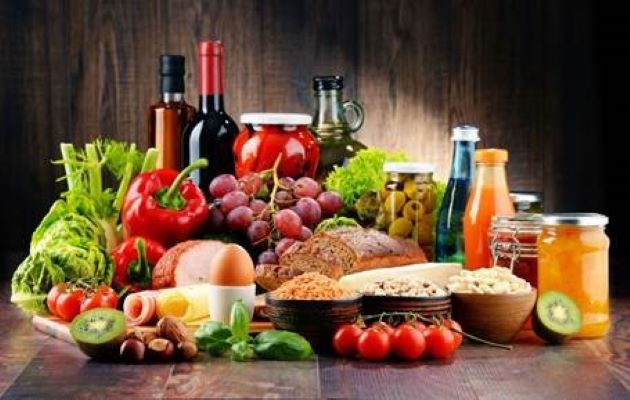Organic production favoring small-scale, clean agriculture. Government support boosts demand. Regulations ensure additives are monitored. Distribution channels widen, but high costs and short shelf life remain challenges. Investment in research targeting infants and toddlers presents new opportunities in the market.
In the last decade, the evolution of social media has sparked a profound shift in consumer consciousness regarding the detrimental effects of traditional foods and the advantages of organic alternatives. This shift has propelled consumers to prioritize quality over price, driving the demand for organic food and beverages worldwide. The market has witnessed a remarkable growth trajectory, with projections indicating a robust Compound Annual Growth Rate (CAGR) of 15.5% from 2013 to 2019.
One of the key drivers of this surge is the changing perception of organic foods. Consumers now place a strong emphasis on the social aspects of organic production, favoring small-scale agriculture conducted in clean environments. Government support for organic practices further amplifies this demand, while stringent regulations ensure the safety and quality of organic additives and ingredients.
The widening of distribution channels and the introduction of innovative organic products by various players are also contributing to market prosperity. However, challenges such as shorter shelf life and higher costs compared to conventional foods persist, hindering the market’s growth rate.
Nevertheless, increased investment in research and development, particularly targeting infant and toddler products, presents new opportunities for stakeholders in the global organic food and beverages market.
Preference Shift towards Organic Fruits and Vegetables in Urban Areas
The segmentation of the global organic food market reveals a significant preference for fruits and vegetables, which are expected to account for a substantial 38.8% share of demand in 2019. This preference can be attributed to modern lifestyles, which favor hygienic options and eliminate the traditional hassles associated with fresh produce.
Moreover, growing health consciousness, coupled with fitness trends, particularly among urban populations, is driving the demand for organic food products. Non-dairy beverages, coffee, and tea are also prominent segments in the organic beverages market, with beer and wine gaining popularity.
North America and Europe Lead the Charge
North America and Europe emerge as the most lucrative regions, collectively accounting for 88.1% of the demand for organic food and beverages by 2019. This substantial demand reflects high levels of consumer awareness, strong purchasing power, and the continuous launch of new products.
Within these regions, the United States, Canada, Germany, the United Kingdom, Spain, Russia, Italy, the Netherlands, and Denmark are identified as the primary drivers of demand.
Fragmented Market Landscape
The global organic food and beverages market is characterized by fragmentation, with numerous participants vying for market share. Leading companies such as The Hain Celestial Group Inc., Amy’s Kitchen Inc., 365 Everyday Value/Whole Foods, Organic Valley, and Private label companies dominate the organic food market. In the beverages segment, Starbucks, The Hain Celestial Group, and Private label companies hold significant shares.
As consumer preferences continue to evolve, and as awareness of health and environmental concerns grows, the global organic food and beverages market is poised for continued expansion, presenting ample opportunities for both established players and emerging entrants.









